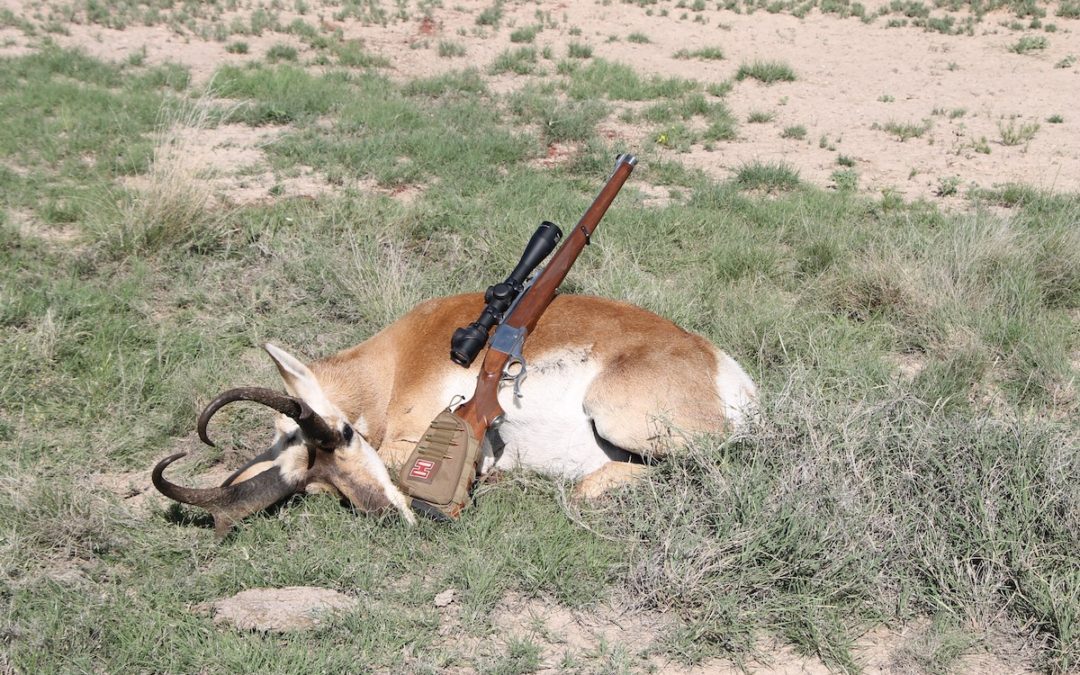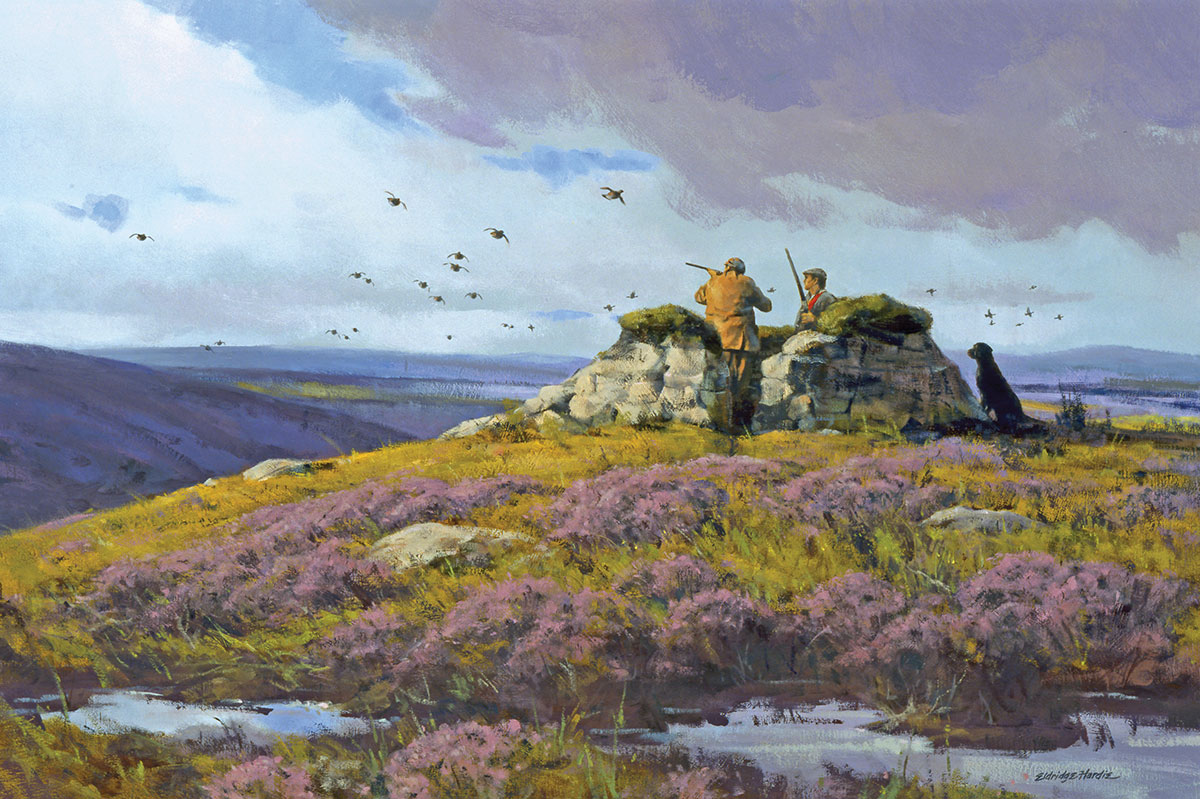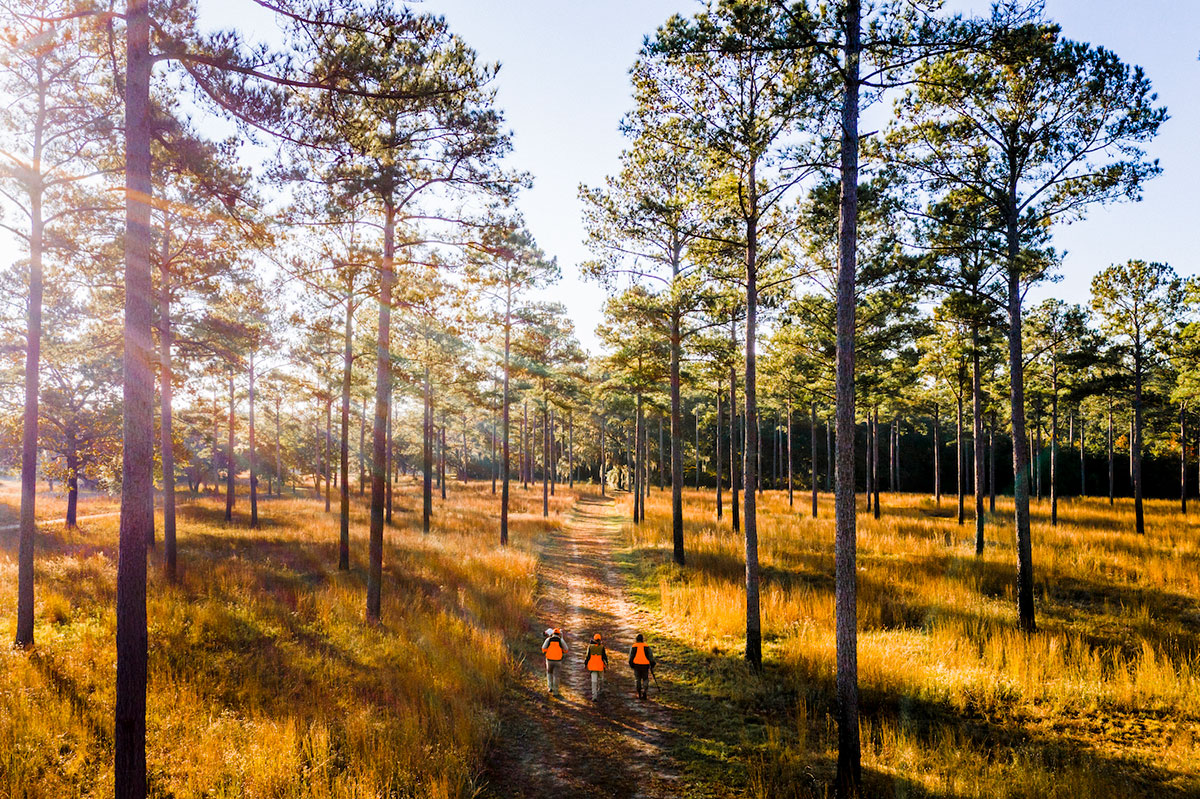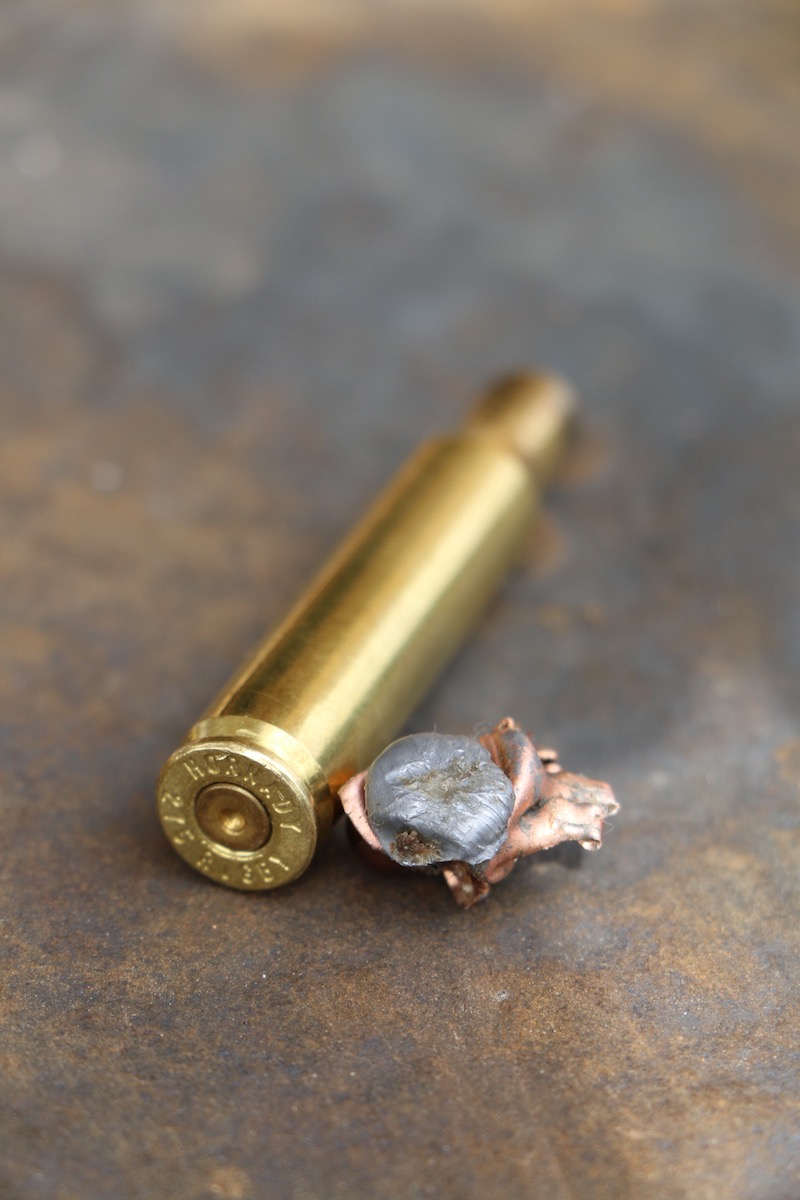
Spent bullet found just under the skin on the opposite side of a 300 pound whitetail.
A: What you describe is on occasion been called “hydrostatic shock.” Mammal bodies are made up primarily of water. In theory a bullet hitting a deer is somewhat like dropping a rock into a bucket of still water in that waves emanate from the point of impact outward.
Watching bullets being shot into ballistic gel, upon impact depending upon bullet style, a large cavity appears almost immediately after the the bullet strikes the outer surface and enters the gel. One can see the “shock wave” bullet impact causes, particularly as the bullet starts expanding (this with a controlled expansion bullet) within the body of the gel. The shock wave ripples through the entirety of the block of gel.
World War II surgeon, Col. Frank Chamberlain, was one of he first to discuss “hydrostatic shock” as a “theory” that a wound caused by the impact of a bullet results in neurological incapacitation beyond the immediate wound channel. This, based on what he saw from battlefield wounds. His theory was defined by “the event of a pressure wave that travels from the wound to the central nervous system and causing remote neurological damage.”
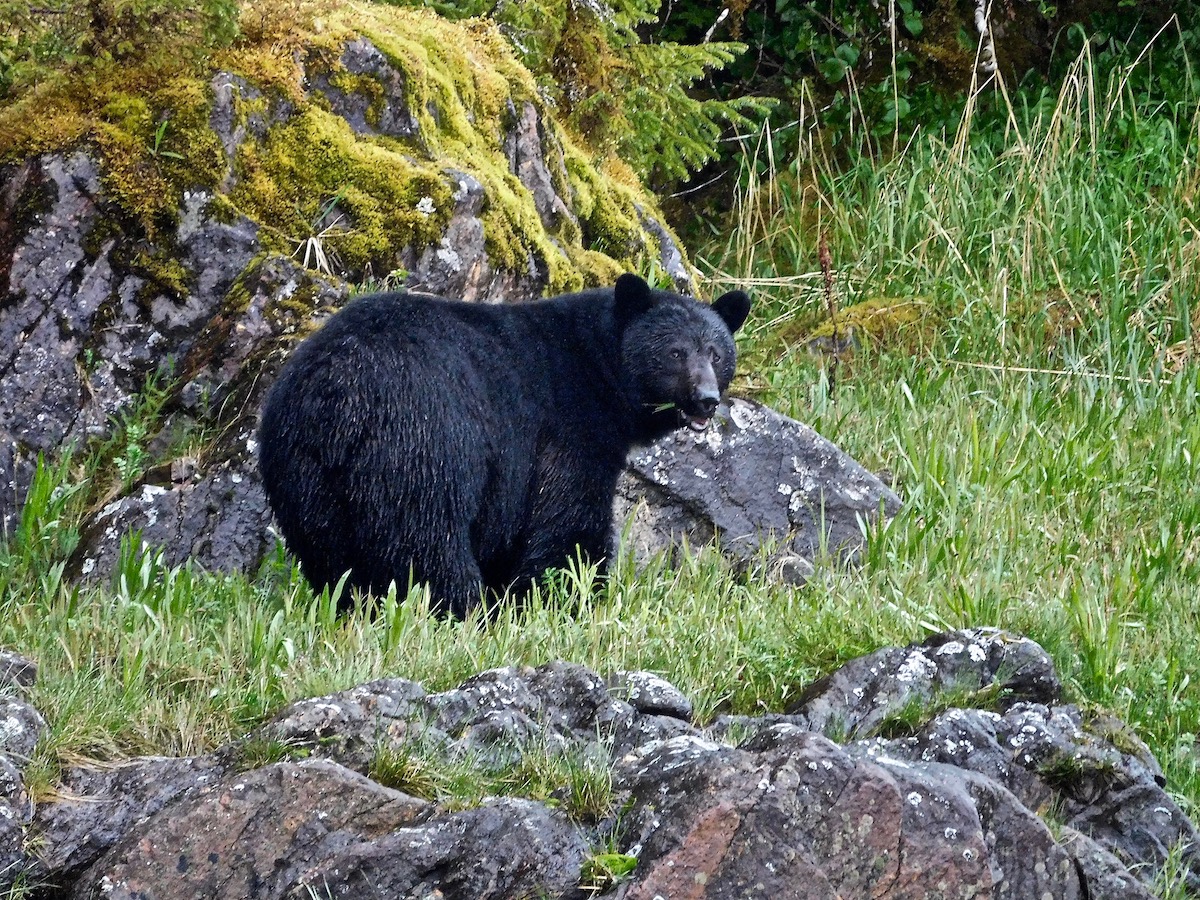
Will the “shock” of a bullet produce more than tissue damage at the point of bullet impact?
Researchers in Europe using pigs found the effects of a bullet wound in the hindquarters was also evident in the pig’s brain, leading one to believe just what you described in your question.
Yet, other studies seem to disprove some of the theories about bullet impact and remote neurological damage. Although some of those same researchers agree there can be a shock wave that travels throughout the body when a bullet impacts, unless the bullet is placed near or in the primaries of the central nervous system, there is no neurological incapacitation which would lead to quicker deaths.
I, as likely you, have seen deer and other big game that essentially dropped in their tracks with heart-lung shots. But I have also seen such shots at deer and similar animals that squarely struck the heart result with the animal taking off at a run, although likely not going very far before a lack of blood going to the brain causes a quick death. There are also some theories if a shock wave, caused by bullet impact, goes through the body when the heart is pulsing (systolic) blood into the rest of the body, it can increase the effect of a bullet wound to the heart/lung vitals as well as cause damage as you describe in your question to blood vessels throughout the body.
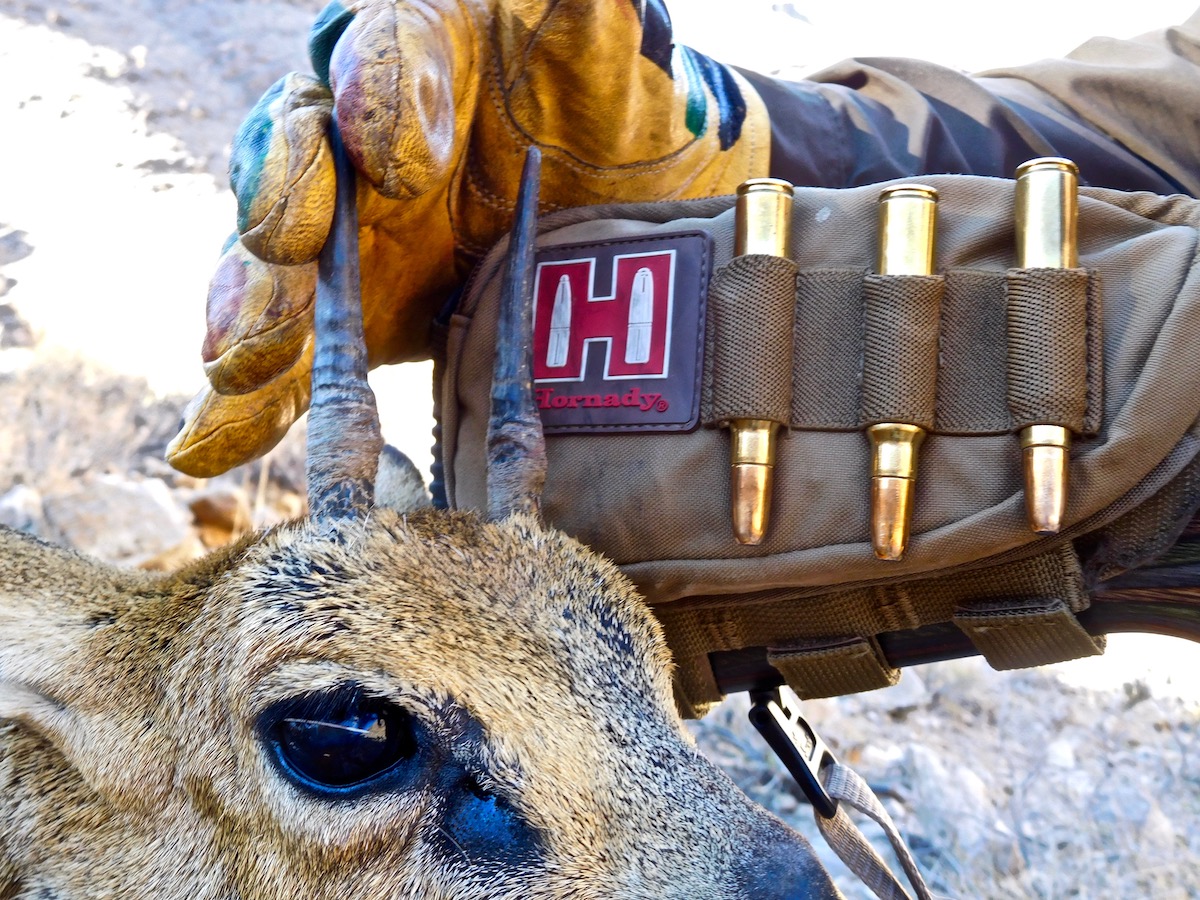
Even larger rounds such as the .375 Ruger can work well on small game.
Where I have seen something similar to a shock wave or “hammer fall” wreak havoc is on neck and/or high shoulder impacts where the bullet strikes a bone, likely a spinal process, which knocks the animal to the ground completely stunning it momentarily but without any deadly results if the spine is not severed or damaged. Once the effect of the “hammer hit” wears off, which can be quite quickly, the animal is up, off and running, not to be seen again.
As to a shock wave going through the body upon bullet impact causing a quicker death, frankly the verdict is still out. Many trauma researchers now discount the effects of hydrostatic shock.
Over my many years as a wildlife biologist, guide and hunter, I have shot (and seen shot) many deer and other big game animals. I have always closely necropsied these to gain knowledge about shot placement, terminal performance of bullets, tissue damage caused at the immediate wound site and throughout the rest of the body. There were some animals that I necropsied that appeared to have have a serious shock wave go through their body based on blood in areas quite a distance away from where the bullet struck the body. There were also many others that only showed any real trauma in the immediate area of bullet impact.
Perhaps, there indeed is a “shock wave” that travels throughout an animal’s body upon bullet impact that causes neurological damage both at the wound site and remotely. If there is, I suspect it is determined mostly by shot placement and bullet terminal performance. Regardless, in my opinion, which is shared by those who teach the Sportsman All-Weather, All-Terrain Marksmanship hunter training on the FTW Ranch in Texas, it is the hunter’s responsibility to kill an animal on his first shot, using the right bullet and load designed for the animal hunted, and proper shot placement, but then also be ready for a second shot should it for whatever reason be required.
Sounds like your question is an ideal topic to be discussed around hunting campfires world-wide!

As a wildlife biologist, Larry Weishuhn established quality wildlife management programs on approximately 12,000,000 acres across North America with emphasis on habitat and animal populations. As a writer, he has served on staff on numerous publications in hunting, shooting and wildlife management and has long been involved with the highest quality outdoor television productions.
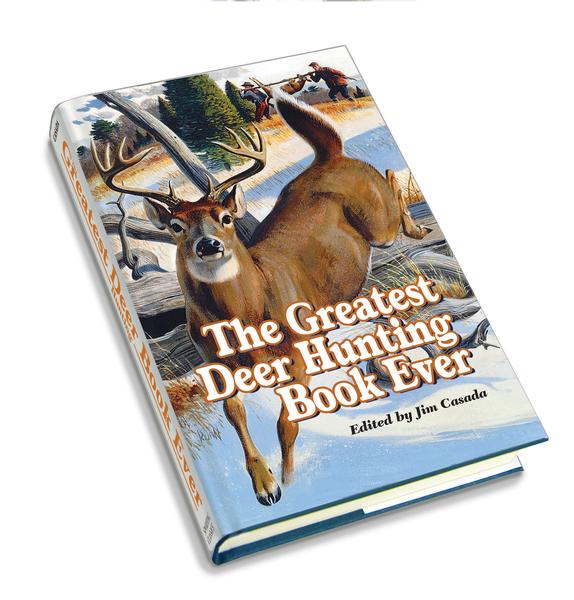 There’s something about the deer-hunting experience, indefinable yet undeniable, which lends itself to the telling of exciting tales. This book offers abundant examples of the manner in which the quest for whitetails extends beyond the field to the comfort of the fireside. It includes more than 40 sagas which stir the soul, tickle the funny bone, or transport the reader to scenes of grandeur and moments of glory.
There’s something about the deer-hunting experience, indefinable yet undeniable, which lends itself to the telling of exciting tales. This book offers abundant examples of the manner in which the quest for whitetails extends beyond the field to the comfort of the fireside. It includes more than 40 sagas which stir the soul, tickle the funny bone, or transport the reader to scenes of grandeur and moments of glory.
On these pages is a stellar lineup featuring some of the greatest names in American sporting letters. There’s Nobel and Pulitzer prize-winning William Faulkner, the incomparable Robert Ruark in company with his “Old Man,” Archibald Rutledge, perhaps our most prolific teller of whitetail tales, genial Gene Hill, legendary Jack O’Connor,Gordon MacQuarrie and many others. Buy Now

